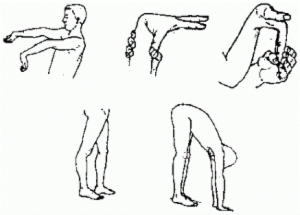Medical, Physical Therapy & Chiropractic Blog

Budgeting Our Calories
Nov 01, 2019

Is It Harmful For Me To “Pop” My Own Neck?
Oct 15, 2019


Is Stretching Always the Answer?
Sep 25, 2019

An Eye on Those Back to School Backpacks
Aug 09, 2019


Keeping Your Head On Straight While Sleeping
Apr 23, 2019

5 Reasons Why We Love Water
Mar 29, 2019

DON'T BREAK YOUR BACK!
Mar 12, 2019

Foods That Reduce Inflammation
Mar 12, 2019